Today we’re talking fruit facts – from storing to savoring to citrus smoothies and more – here’s how to enjoy fruit all year.
Fruit Facts: How To Enjoy Fruit All Year
Fruit: sweet, juicy, sticky, tart, flavorful.
Whether it’s banana in my oatmeal, berries in my smoothie, or buckets of watermelon at the beach, fruit has a favorite spot in my heart. It saddens me a bit that some have dismissed fruit from their diet as it serves as a powerful provider of nutrients in most healthful lifestyles – around the globe! (I’m looking at you Mazen!) It’s wild to me that while I aim to eat a variety of seasonal fruits, there are so many varietals I haven’t tried – there are around 2,000 types of fruits around the world. Can you count how many fruits you know of!?
Today we’re talking fruit facts, and how you can enjoy fruit all year. Let’s get peelin’!
So, what exactly is a fruit?
Fruits are the edible portion of the plant that develops from a flower and contains seeds (think apples, cucumbers, and strawberries – even tomatoes!). Vegetables, on the other hand, are the edible parts of plants such as leaves, stems, bulbs, and roots (think carrots, kale, and broccoli).
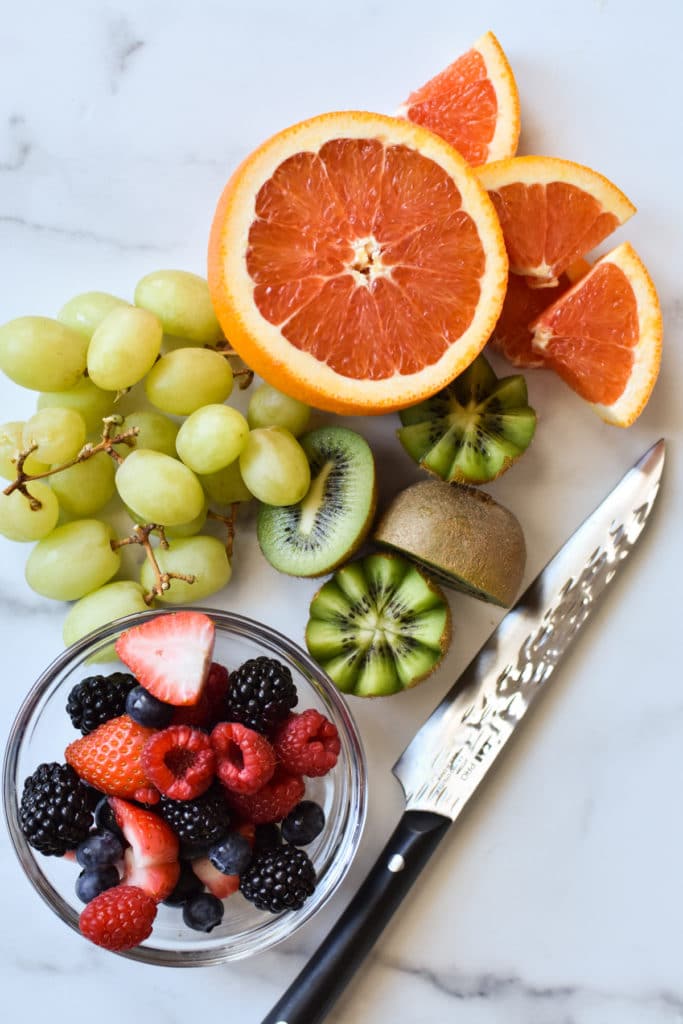
Types of Fruits
Pomes: Known botanically as pomes, they have firm, moist flesh surrounding a central seedy core. They rank as some of the best sources of dietary fiber. Think apples and pears!
Stone Fruits: Apricots, peaches, nectarines, plums & cherries, too! Fruits with a single stone or pit are known as stone fruits. Sweet, juicy and rather fragile, they supply potassium and fiber.
Berries: Strawberries, blackberries, blueberries, and raspberries are all juicy round fruits that range in taste from sweet to sour. Berries supply varying amounts of vitamin C and are a great source of fiber – antioxidants, too!
Citrus Fruits: Think oranges, tangerines, grapefruit, lemons, and limes. These multi-sectioned, warm-weather fruits are best known for their vitamin C content.
Melons: Vitamin C is the main nutrient supplied by these exceptionally juicy fruits; orange-fleshed melons (like cantaloupe) provide beta carotene (vitamin A) as well.
But what about bananas? Here’s some insight from Wellness Foods A to Z: “Many other fruits don’t lend themselves to simple classification. Bananas, for example, are botanically lumped with berries (what!?), but are distinct in shape and texture. A papaya, too, is a berry, though it can weight up to 10 pounds.”
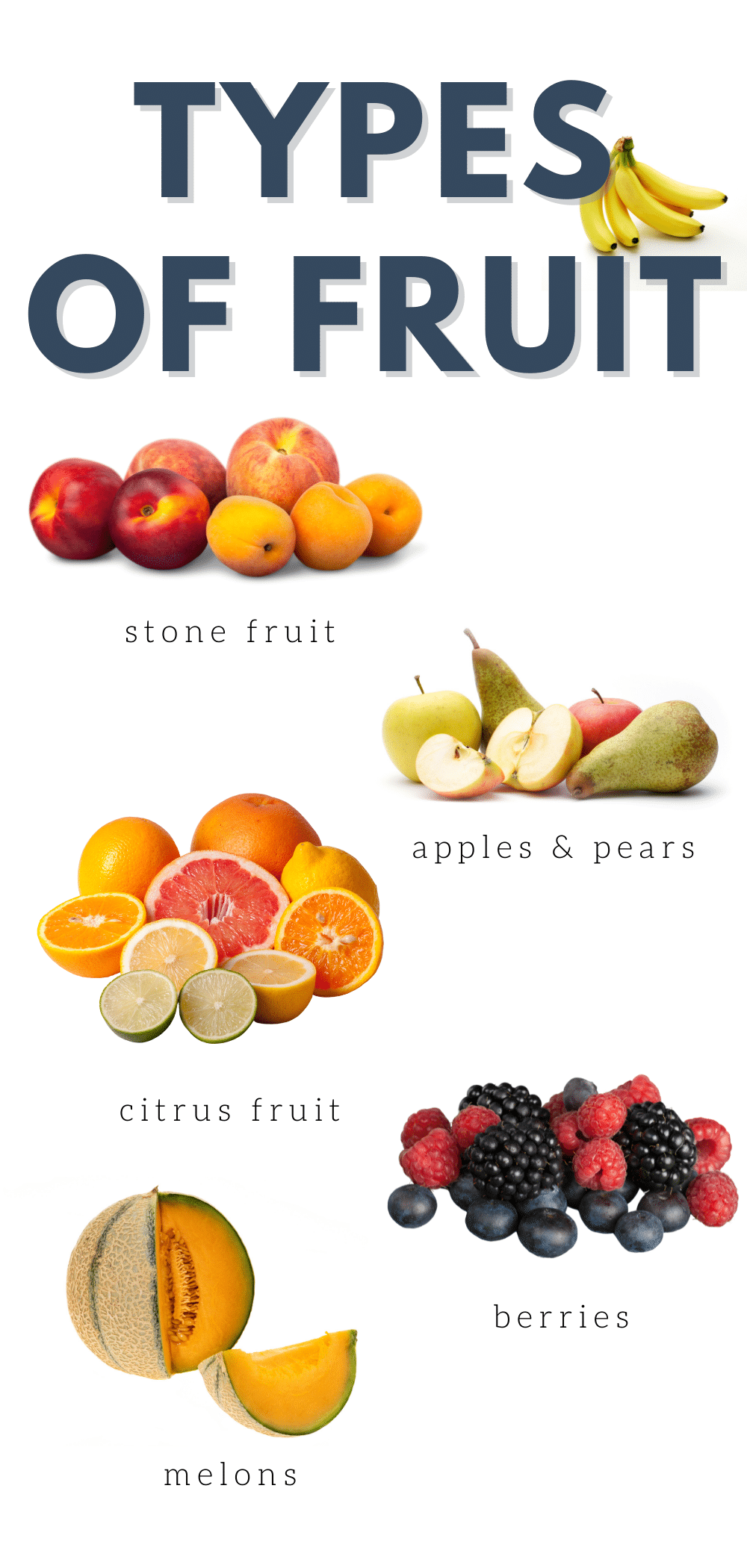
Fruit Nutrition Facts
A combination of sugars are present in fruits in varying proportions. Fructose is often considered the principal fruit sugar and is the sweetest. What keeps the calorie content of fruit low is water, which makes up 80 to 95 percent of most fruits and gives them their juiciness.
Fiber is another benefit that fruits provide. The textures of different fruits are partly due to insoluble fibers. In most fruits, particularly apples and citrus, some of the fiber is in the form of pectin — the soluble fiber that may help lower cholesterol. With few exceptions (like creamy avocado), fruits are nearly free of fat.
Fruits supply some minerals, like iron, potassium, and small amounts of calcium and magnesium. Most fruits are known for their vitamin contribution, particularly vitamin C and beta carotene (vitamin A).
Berries are shining stars when it comes to their antioxidant content, helping to reduce oxidative stress and reduce the risk of disease.
Confused about the sugar in fruit vs juice?
Unlike whole fruit, juice lacks fiber and quickly releases sugar into the bloodstream, which can cause a burst in energy followed by a crash. Whole fruits have fiber which helps us feel full longer by releasing sugar into the bloodstream at a slower and more steady rate.
How To Enjoy Fruit All Year
To maximize nutrition and flavor, try to eat fruits that are in season. Depending on where you live, fruit availability may be different depending of the time of year. Here are some general guidelines:
- Spring & Summer: berries, melons, stone fruit
- Fall & Winter: citrus fruits, apples & pears
How To Store Fruit
- Berries: Store dry berries in a sealed container in the fridge. Moisture will cause berries to mold quickly.
- Melon: Store at room temperature. Melons quickly go from ripe to overripe, so it’s best to eat soon after purchasing.
- Citrus: Store at room temperature for up to 1 week; do not refrigerate as they tend to absorb odors from the fridge and change their flavor. (I did not know this!)
- Stone Fruit: Allow to ripen on the counter, stem side down, at room temperature.
- Avocado (tip!): To speed up the ripening process, set near bananas (or place both in a brown paper bag).
Favorite Ways To Enjoy Fruits
- Salsas – try this strawberry avocado salsa
- Smoothies – make the best smoothie tips & tricks or veggie smoothies for toddlers
- Bakes – like this pineapple upside-down baked oatmeal or apple walnut baked oatmeal
- Pies – try my strawberry basil breakfast pie or this Dutch apple pie, pure comfort!
- Parfaits – try these berry crumble jars
- Salads – try this strawberry basil pasta salad or three ingredient watermelon salad
- Sweet / savory – baked eggs with pear and blue cheese
Fruit Tips
- Freeze ripe fruit when it’s on sale and in season for smoothies year round.
- When freezing bananas, chunk or slice first so you can easily break them apart after freezing.
- Eat the skin of fruits for extra fiber. (You’ll want to peel certain fruits like pineapple, melon, avocado, and bananas.)
- Coconut water contains natural electrolytes and therefore is a great hydrator after exercise.
Favorite Fruit Recipes
Tropical Bean Salad with Kiwi + Pineapple
This tropical bean salad will bring a little sunshine to your day. With kiwi and pineapple for a burst of flavor, broccoli slaw and black beans are the base of a healthy lunch or side dish. Add coconut flakes on top for an extra-special crunch!
Strawberry Crumble Jars
These strawberry crumble jars are a cross between a crumble bar and a yogurt parfait. Made with Greek yogurt, good jam, fresh strawberries, oats, and of course, butter, they are a great portable treat to take to a summer picnic or enjoy straight from the fridge.
Mango Chia Pudding
This easy mango chia pudding is a blended mango smoothie soaked in chia seeds until a fluffy pudding forms. You can use fresh or frozen mango along with cinnamon, vanilla, and milk of your choice for a refreshing breakfast or snack.
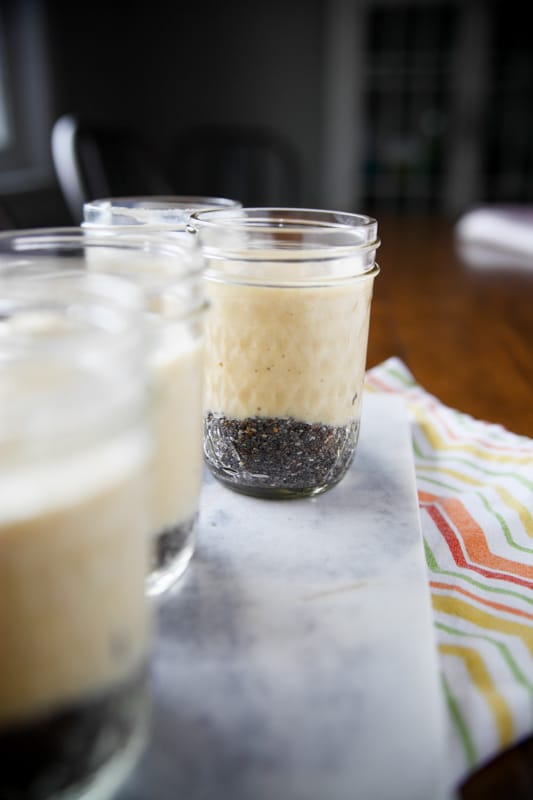
Strawberry Peach Smoothie
This Strawberry Peach Smoothie is a simple and naturally sweet breakfast or snack for a hot summer day. With five whole-food ingredients, it’s packed with vitamins and minerals and the kids will love it!
Pineapple Upside-Down Baked Oatmeal
Give basic baked oatmeal a tropical twist with pineapple rings, juicy cherries, and a sprinkle of brown sugar to caramelize on top. This Pineapple Upside-Down Baked Oatmeal is ready in just 30 minutes. This recipe is ideal to make ahead and reheat on weekdays or serve fresh out of the oven for brunch.
Easy Baked Eggs with Pear, Blue Cheese and Greens
These baked eggs with greens mixes sweet and savory with diced pears, chopped herbs, and melty blue cheese. Simply crack eggs into ramekins, top with ingredients, and bake until firm and melted. Perfect for a weekend brunch!
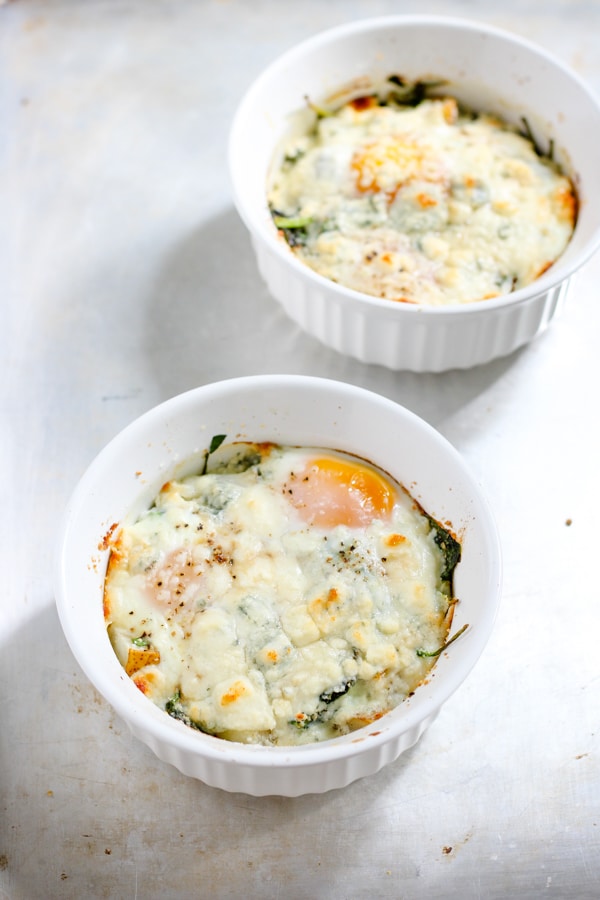
Breakfast Charcuterie Board
A great way to enjoy an abundance of fruit for breakfast or brunch!
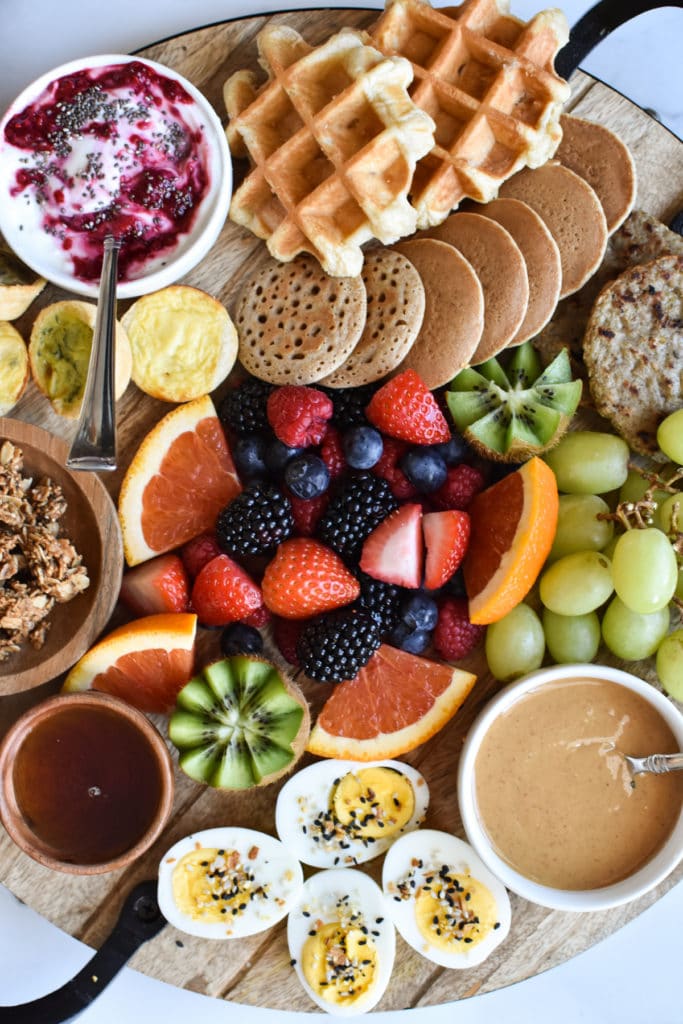
You may also enjoy:


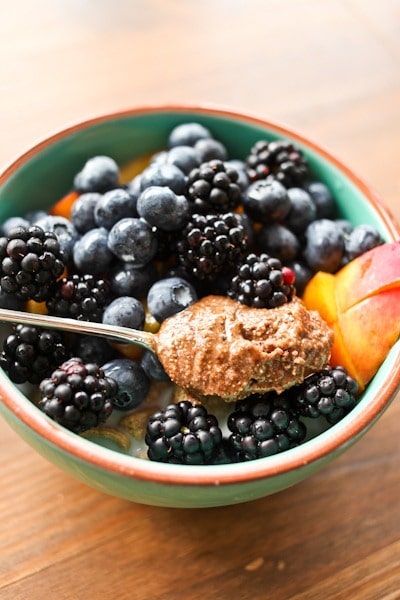
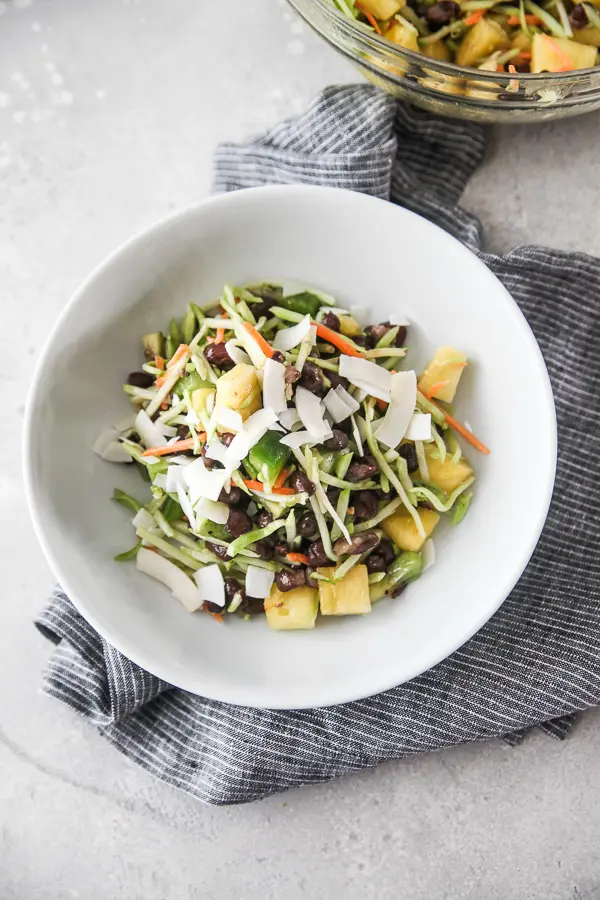
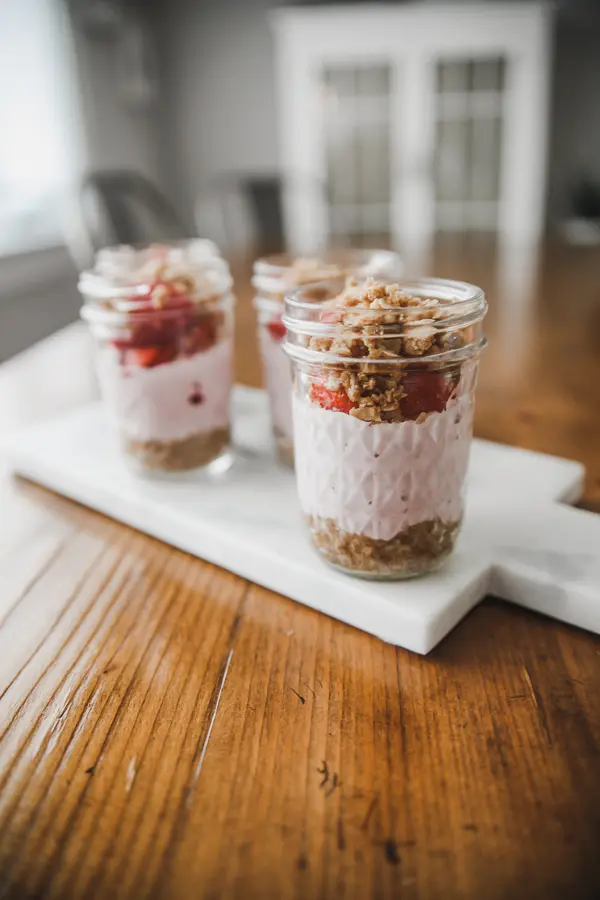
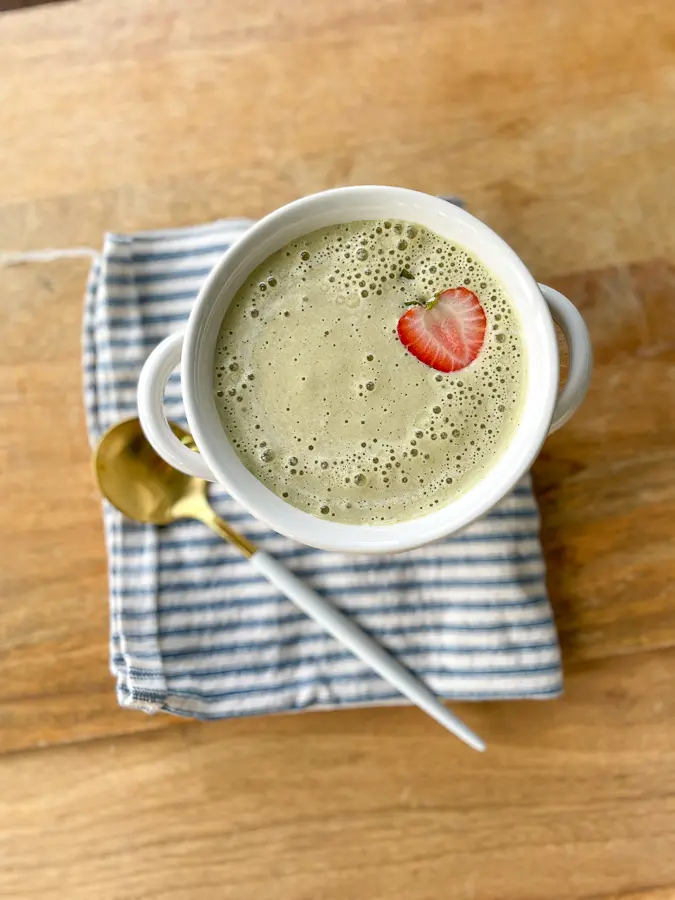
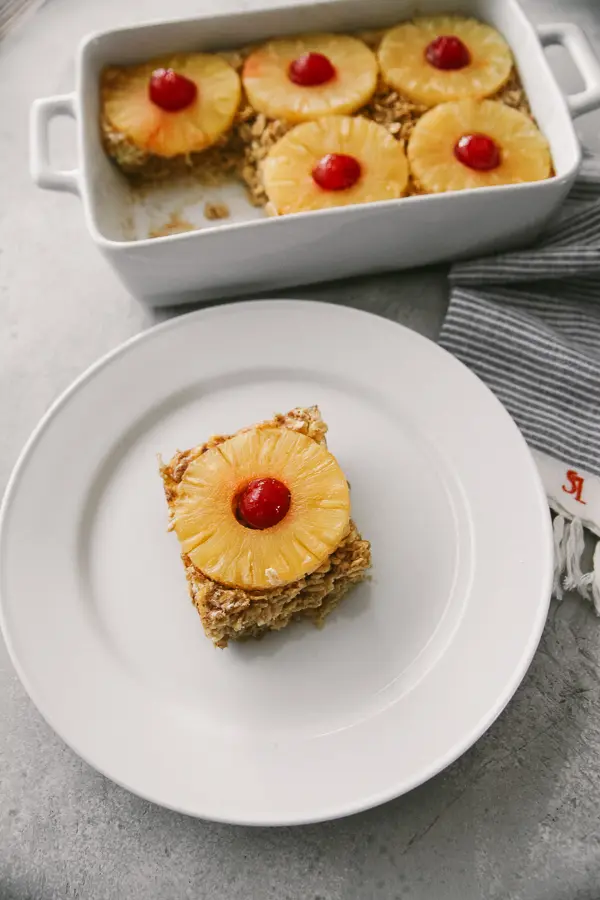


Kathryn says
Thank you for the tip about white balsamic vinegar. Never even saw it before.
Emily says
I love all fruit!!